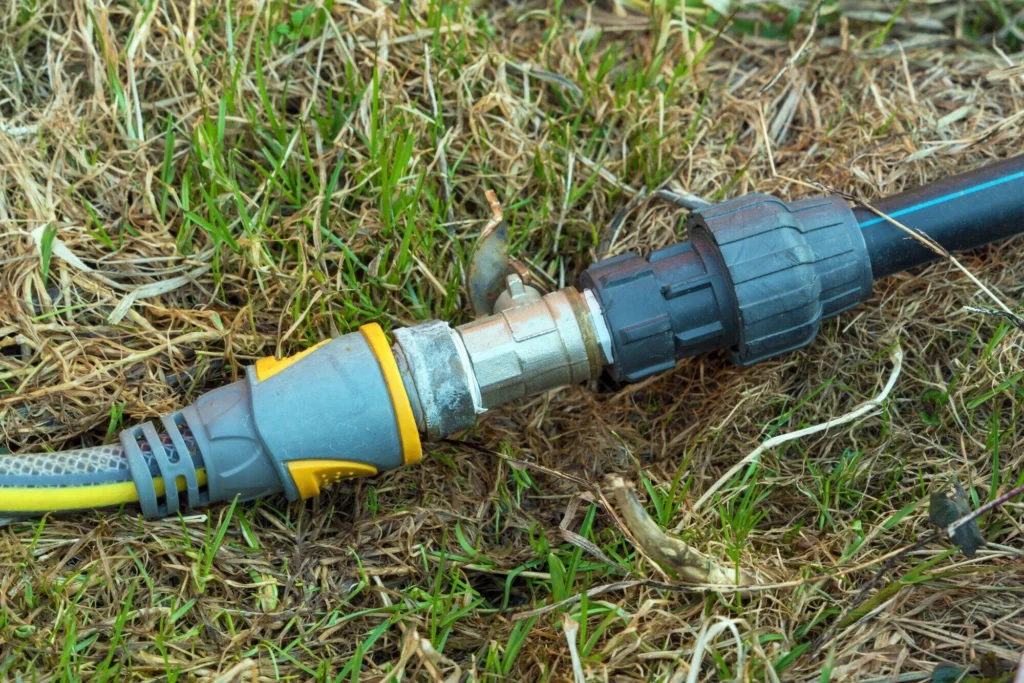Are you struggling with selecting the right hose and fittings? This guide simplifies the complexities involved in these choices. Hose and hydraulics are vital in many industries today.
They ensure efficient fluid transfer and power delivery. Proper selection and maintenance can prevent costly downtime. How do you ensure that your hose and fittings are appropriate?
We break down the essential concepts into easy steps. You’ll learn about types, applications, and best practices.
With straightforward explanations, this guide is your go-to source. Let’s dive in.
Types of Hose and Fittings
There are various hoses and fittings, each designed for specific purposes. Here are some common types you should know:
Hydraulic Hoses
Hydraulic hoses are used in hydraulic systems to transmit power and fluids. They can withstand high pressures and extreme temperatures, making them ideal for heavy-duty applications.
Pneumatic Hoses
Pneumatic hoses are used to transfer compressed air or gases. They have a smaller diameter compared to hydraulic hoses but can still handle high pressures.
Industrial Hoses
Industrial hoses are for various industries, including agriculture, manufacturing, construction, and more. They come in various materials and sizes, depending on the application.
Metal Hoses
Metal hoses are made from stainless steel or other metals and are ideal for conveying corrosive fluids or high-temperature gases. They offer excellent durability and can withstand extreme conditions. A braided hose design enhances the strength and flexibility of the metal hose, providing additional resistance to pressure and external damage. These hoses are commonly used in industries where reliability and safety are critical, such as aerospace, chemical processing, and power generation.
Proper Hose Selection
Selecting the right hose for your application is crucial to ensure safety, efficiency, and cost-effectiveness. Here are some factors to consider:
Material Compatibility
Make sure the hose material is suitable for the fluid or gas it will be conveying. Some materials may react with certain fluids, causing corrosion or degradation.
Pressure Rating
Consider the maximum working pressure of the system. Choose a hose that can handle at least that amount.
Temperature Rating
Hoses have temperature limitations. Using them outside their range can cause damage or failure.
Bend Radius
The minimum bend radius of a hose determines its flexibility. It also affects how the hose will perform in tight spaces.
Length
Make sure to choose a hose that is long enough to reach your intended destination. This will help prevent any tension or strain while using it.
Proper Fitting Selection
Fittings are crucial components in connecting hoses to equipment and other hoses. Here are some factors to consider:
Size
Fittings come in various sizes. Make sure you select the correct size for your hose.
Type
Different types of fittings are available, such as crimp, push-to-connect, or quick disconnect. Choose the one that best suits your application.
Material
Fittings have material compatibility considerations. Ensure they are compatible with the hose and fluid being conveyed.
Pressure Rating
Fittings must be capable of handling the maximum working pressure. This ensures the safety and reliability of the system.
The selection of high quality hoses and fittings is crucial to ensuring the longevity and reliability of your hydraulic or pneumatic system. High-quality components provide superior performance under demanding conditions. It reduces the risk of leaks and failures, leading to increased safety and reduced maintenance costs.
Learn More About Hose and Hydraulics
Hose and hydraulics are essential in many systems. Proper selection of components ensures optimal performance and safety. Understanding material compatibility prevents corrosion and degradation issues.
Choose hoses with suitable pressure and temperature ratings. A hydraulic hose coupling must fit securely for effective operation. Quality hoses and fittings reduce the risk of failure significantly.
Maintain systems well to ensure long-term reliability and efficiency. Integrate best practices to achieve maximum benefit from your systems.
Did you find this article helpful? If so, check out the rest of our site for more informative content.







